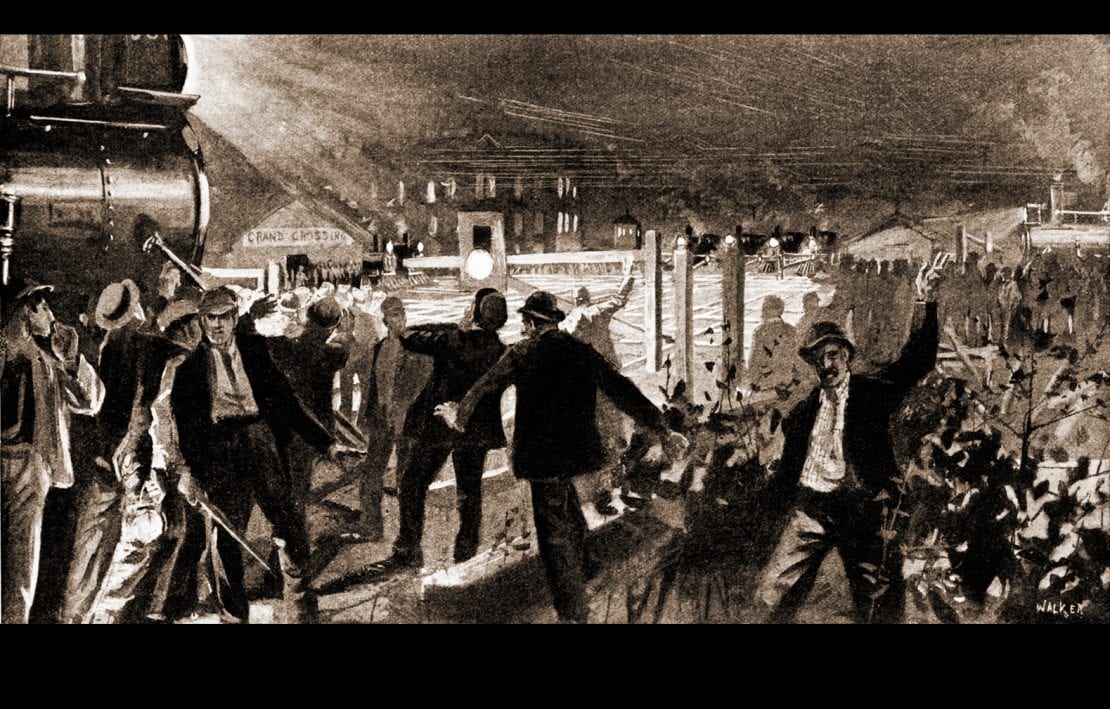
Since Stony Brook University students have this Monday off for Labor Day, it might be worth taking some of our extra free time to remember why this is a three-day weekend. Like Memorial Day and Independence Day, Labor Day is a holiday fought for and won by an underappreciated group of American heroes: the legion of workers and activists that made your working life bearable, safe and humane.
If you got up on Sunday without an alarm and without trudging off to work in a coal mine, it’s because labor unions fought for your right to a weekend. If you’ve ever worked an eight-hour day, or been paid extra for putting in extra time, it’s because of years of labor advocacy that went into passing the Fair Labor Standards Act of 1938. The FLSA introduced the 40-hour work week, overtime payment and the end of most child labor in the United States.
It only takes a glimpse into America’s recent past to see what life might be like today without modern labor standards.
At the turn of the 20th century, throngs of grade-school aged children toiled in factories across the nation in an era before child labor laws. The Bureau of Labor Statistics estimates at least 18 percent of children in the U.S. held some sort of job in the early 1900s. Children were able to reach further into faulty machinery to clear up jams than their older counterparts. Losing fingers and hands was commonplace.
In England, the same kind of child labor inspired the young philosopher Friedrich Engels to write “The Condition of the Working Class in England” in 1845, which helped lay the groundwork for “The Communist Manifesto,” which he penned with Karl Marx just a few years later. In an ironic twist of fate, we have unfettered early capitalism to thank for the ideological groundwork that led to the Soviet Union.
Labor Day itself is a holiday steeped in sacrifice, born out of the 1894 Pullman Strike in Chicago. Railroad workers employed by the Pullman Car Company and living in owner George Pullman’s factory town had their wages slashed without reductions in their rent after a severe recession. In response, approximately 250,000 railroad workers in the Midwest launched a boycott of Pullman’s company, refusing to operate any trains carrying Pullman cars. In response to the disruption, then-President Grover Cleveland called in the Army to suppress the strike. By the time the strike was over, 30 workers had died.
So remember just what went into your three-day weekend this Labor Day. When you read about teacher’s unions protesting for better pay in Oklahoma, or blows against collective bargaining from the Supreme Court, be grateful for the changes labor activists have brought into working life. Without them, you might be missing a couple extra fingers.












